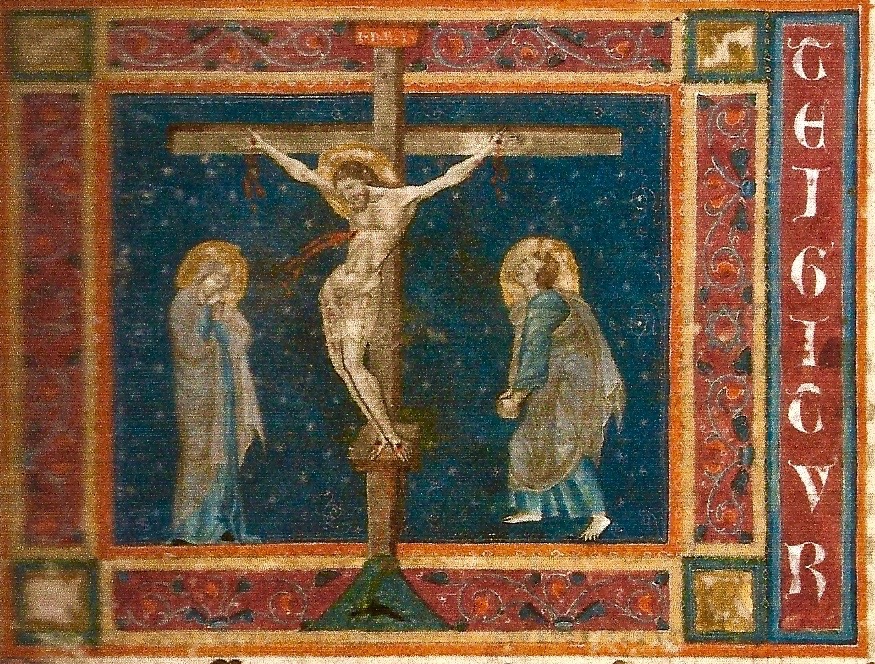Good Friday—Crucifixion
Easter is the holiest festival in the Christian calendar.
Steeped in compelling reminders of the presence of suffering and of the ineradicable human capacity for evil which all too often ends in such suffering, the story of Easter is one with which modernity, in its relentless “pursuit of happiness,” has become increasingly uncomfortable.
Yet it is Easter that holds Christianity’s deepest truth.
Death, St Paul tells us, is “the last enemy”—and it is death whose final and utter defeat is symbolised in the Easter narrative.
Every year, at Pesach, Jews celebrate not just the freeing of the Jewish people from oppression in Egypt and the survival over millennia of this harried little tribe of exiles, but also the Passover’s re-statement of the covenant made between humanity and God.
For Christians, Easter represents the ultimate fulfilment of that covenant, sealed in the life, death and resurrection of Christ.
There is a poetic wholeness—image wrapped in image, reference in reference—to the Easter story; and there is also a fierce beauty, a symmetry, which poets and artists of the past understood, but to which we are blind.
We have forgotten how to see.
Here in the following poem, written when Sophie was 16, Sophie threads together Jewish and Christian traditions (as those familiar with the Passover Seder will recognise) to remind us to open our minds as well as our eyes—for us to see with the soul the mortal pain we share, the pain for which Christ’s anguish is the transcendent answer.

Crucifixion, Missal (Italy, Perugia, before 1297)
The stretched ligaments
Are presented by the suffering eye
The circles of the haloes scuffed by the devotions
Of the monks to the five wounds and the five prayers
The translucent fabric phases in and out of visibility
Thin and pale
Only with the eye an inch away can we make it out
Is this what salvation takes?
This squinting at suffering through a lens
Most of the blood needs a magnifying glass
Only the bright spurt where the lance pierced can be easily made out
The uneven wound that points to his mother
Looking closely a red mark can be found on her gathered-up hand
Is it the stigmata or a splash from overhead?
Heaven-given blood that reminds us of the grace of the Annunciation
And the smudged mandala of the Holy Spirit
The Earth opens up a mouth beyond the frame
Preparing to drink the metaphorical wine
The wine that is used to count plagues and to count blessings
One for the water made blood and one for the nails
One for the frogs and one for the thorny crown
One for the gnats and one for the spear
One for the flies and one for the message over his head
One for sick cattle and one for the crying mother
One for the boils and one for the impassioned saint
One for the thunder and hail and one for the lost thieves
One for the locusts and one for the cast lots
But instead of taking sons God gives one
There will be no pass over for Jesus
For he leans to the left on his cross
John prays for him to save himself
He offers his hand as a stairway and screams at the decorative stars
Mary has suffered and borne for him
And we remember her screams in that stable as she waited for birth
Arms stretched out and meeting nothing
by Sophia Nugent-Siegal ©
